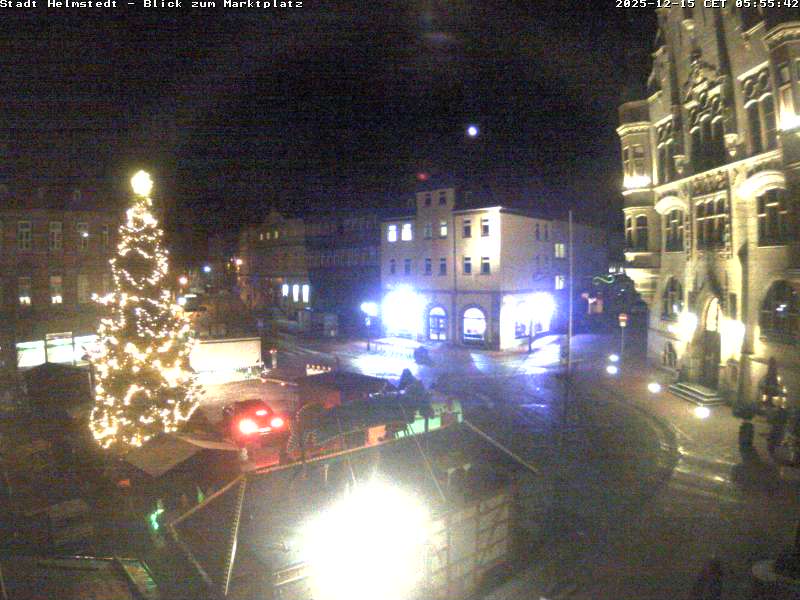The name of the city, originally spelled “Pleskov”, may be loosely translated as “[the town] of purling waters”. Its earliest mention comes in 903, which records that Igor of Kiev married a local lady, St. Olga. A now as Pskov (ru – Псков).
The first prince of Pskov was Vladimir the Great’s younger son Sudislav. Once imprisoned by his brother Yaroslav, he was not released until the latter’s death several decades later. In the 12th and 13th centuries, the town adhered politically to the Novgorod Republic. In 1241, it was taken by the Teutonic Knights, but Alexander Nevsky recaptured it.
In order to secure their independence from the knights, the Pskovians elected a Lithuanian prince, named Daumantas, a Roman Catholic converted to Orthodox faith and known in Russia as Dovmont, as their military leader and prince in 1266. Having fortified the town, Daumantas routed the Teutonic Knights at Rakvere and overran much of Estonia. His remains and sword are preserved in the local kremlin, and the core of the citadel, erected by him, still bears the name of “Dovmont’s town”.
By the 14th century, the town functioned as the capital of a de facto sovereign republic. Its most powerful force was the merchants who brought the town into the Hanseatic League. Pskov’s independence was formally recognized by Novgorod in 1348. Several years later, the veche promulgated a law code (called the Pskov Charter), which was one of the principal sources of the all-Russian law code issued in 1497.
For Russia, the Pskov Republic was a bridge towards Europe; for Europe, it was a western outpost of Russia. But at first, Moscow sought to subordinate the Pskov, Ivan the Terrible did it. Importance of the city made it a subject of numerous sieges throughout its history. The Pskov Krom (or Kremlin) withstood twenty-six sieges in the 15th century alone. At one point, five stone walls ringed it, making the city practically impregnable. A local school of icon-painting flourished, and local masons were considered the best in Russia. Many peculiar features of Russian architecture were first introduced in Pskov.
Finally, in 1510, the city fell to Muscovite forces. The deportation of noble families to Moscow. As the second largest city of the Grand Duchy of Moscow, Pskov still attracted enemy armies. Most famously, it withstood a prolonged siege by a 50,000-strong Polish army during the final stage of the Livonian War (1581–1582). The king of Poland Stephen Báthory undertook some thirty-one attacks to storm the city, which was defended mainly by civilians. Even after one of the city walls was broken, the Pskovians managed to fill the gap and repel the attack.
Peter the Great’s conquest of Estonia and Latvia during the Great Northern War in the early 18th century spelled the end of Pskov’s traditional role as a vital border fortress and a key to Russia’s interior. As a consequence, the city’s importance and well-being declined dramatically, although it has served as a seat of separate governorate since 1777. It was here that the last Russian Tsar abdicated in March 1917.
During World War I, Pskov became the center of much activity behind the lines, and after the Russo-German Brest-Litovsk Peace Conference (December 22, 1917–March 3, 1918), the Imperial German Army invaded the area. Pskov was also occupied by the Estonian army between February 1919 and July 1919 during the Estonian War of Independence.
Under Soviet government, large parts of the city were rebuilt, many ancient buildings, particularly churches, were demolished to give space for new constructions. During World War II, the medieval citadel provided little protection against modern artillery of Wehrmacht, and Pskov suffered substantial damage during the German occupation from July 9, 1941 until July 23, 1944. Though a huge portion of the population died during the war, Pskov has since struggled to regain its traditional position as a major industrial and cultural center of Western Russia.
Pictures taken in 26 of May, 2013.



















































































































































































































